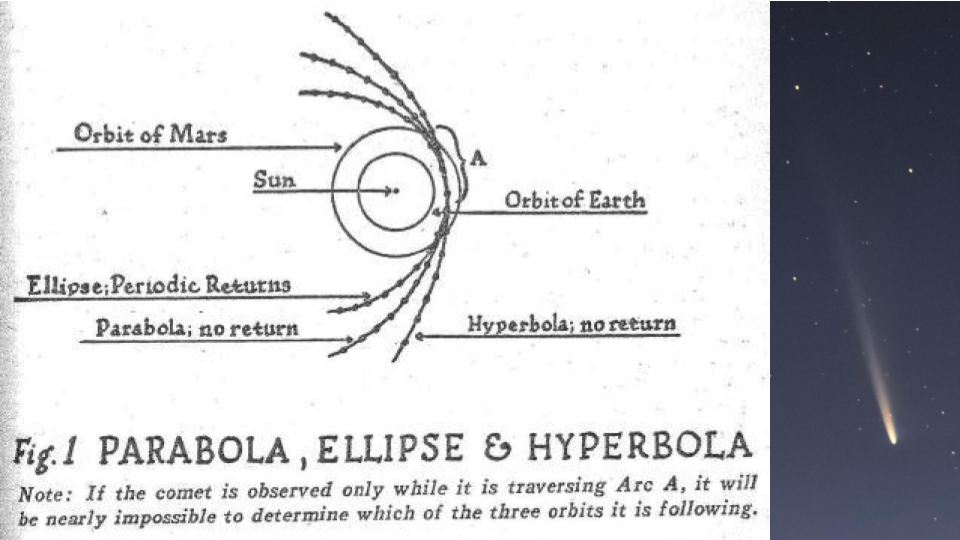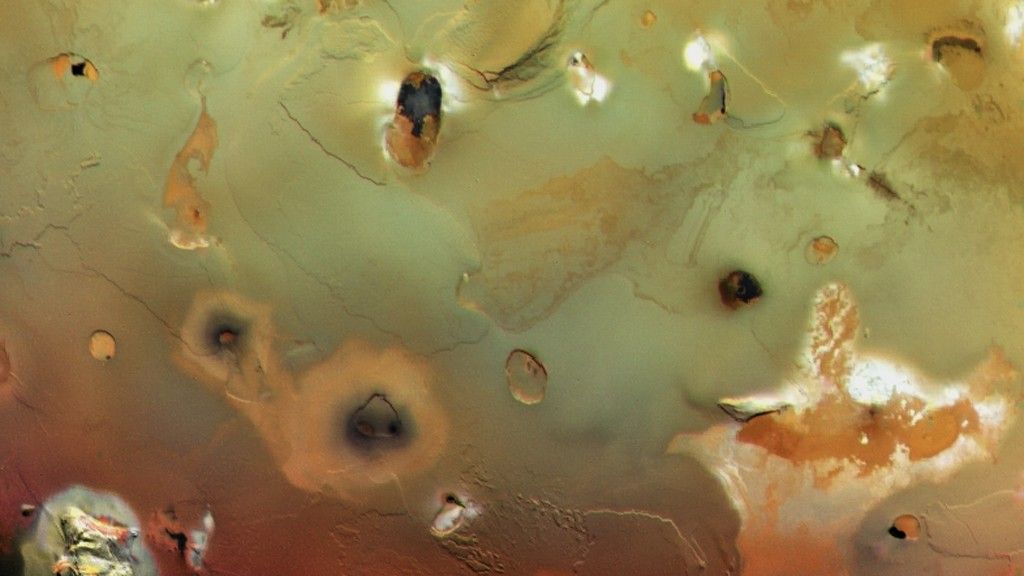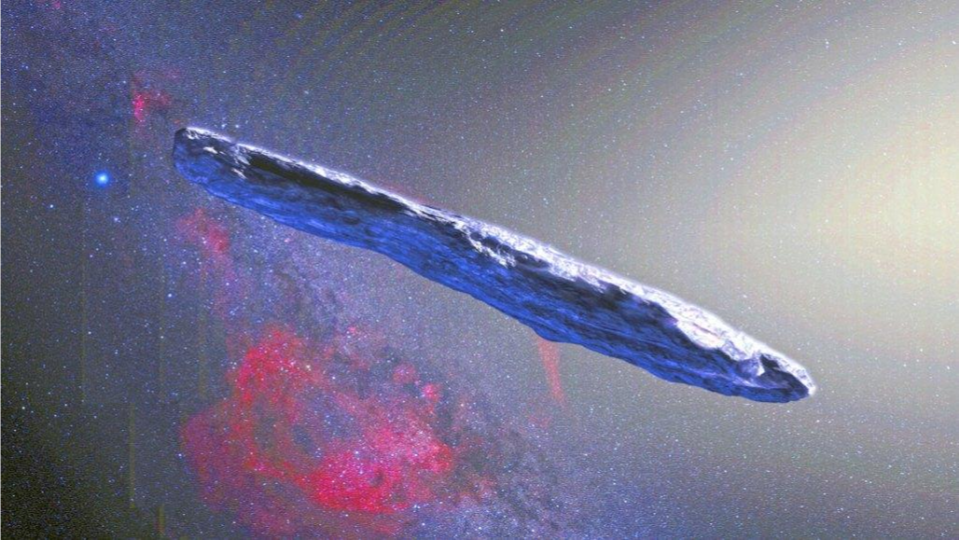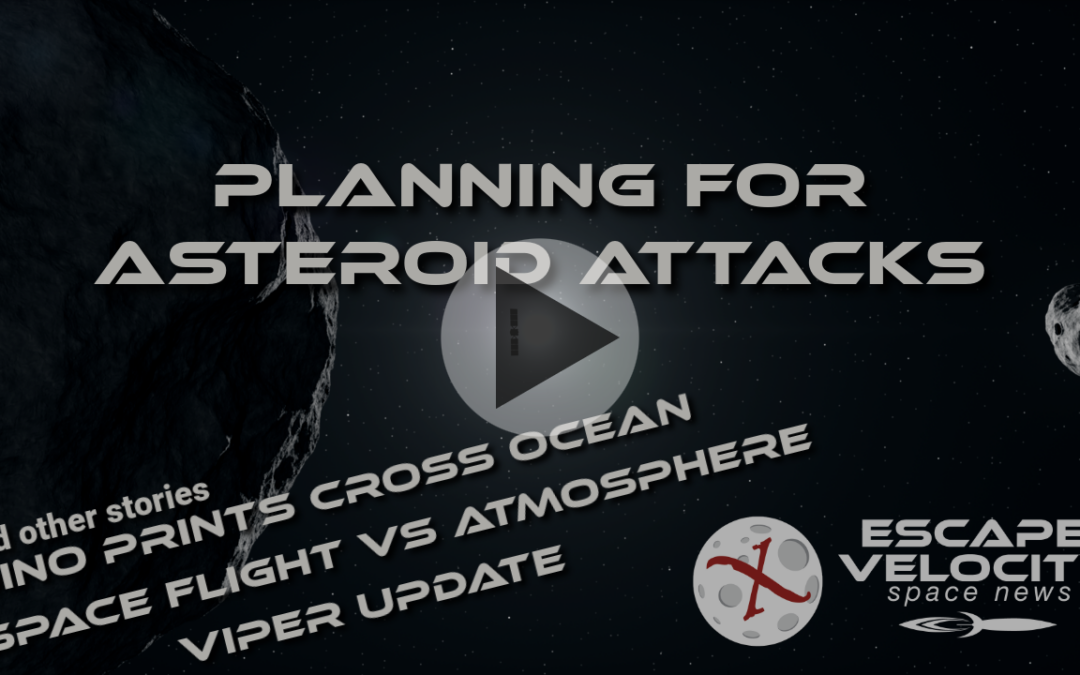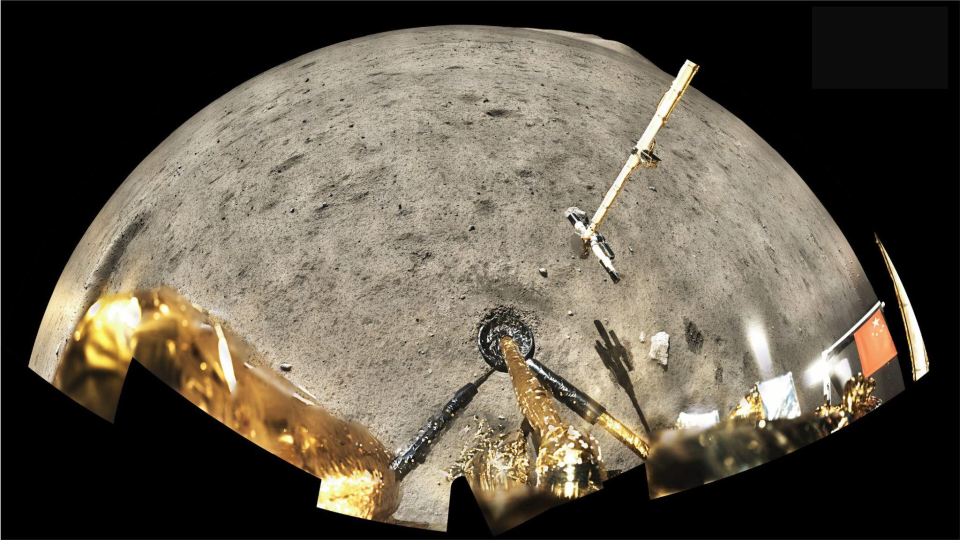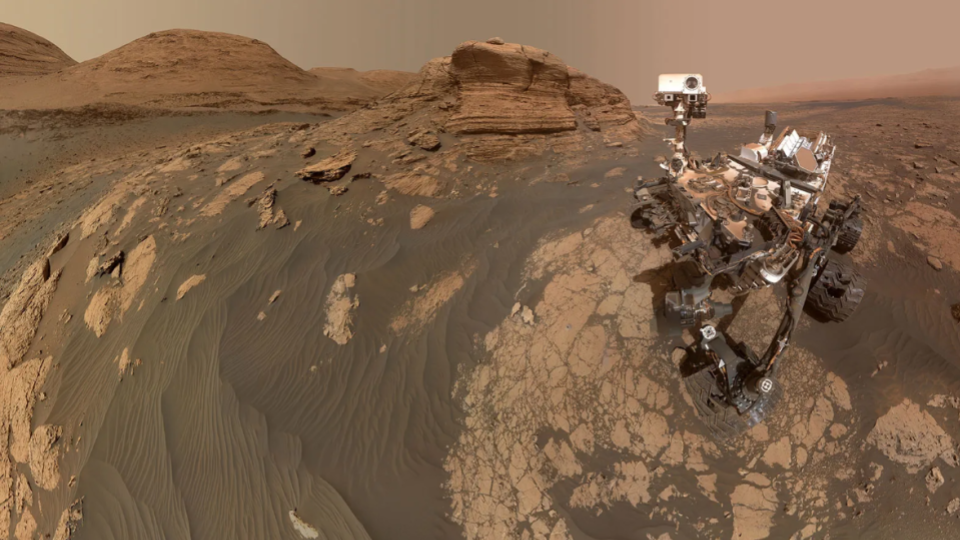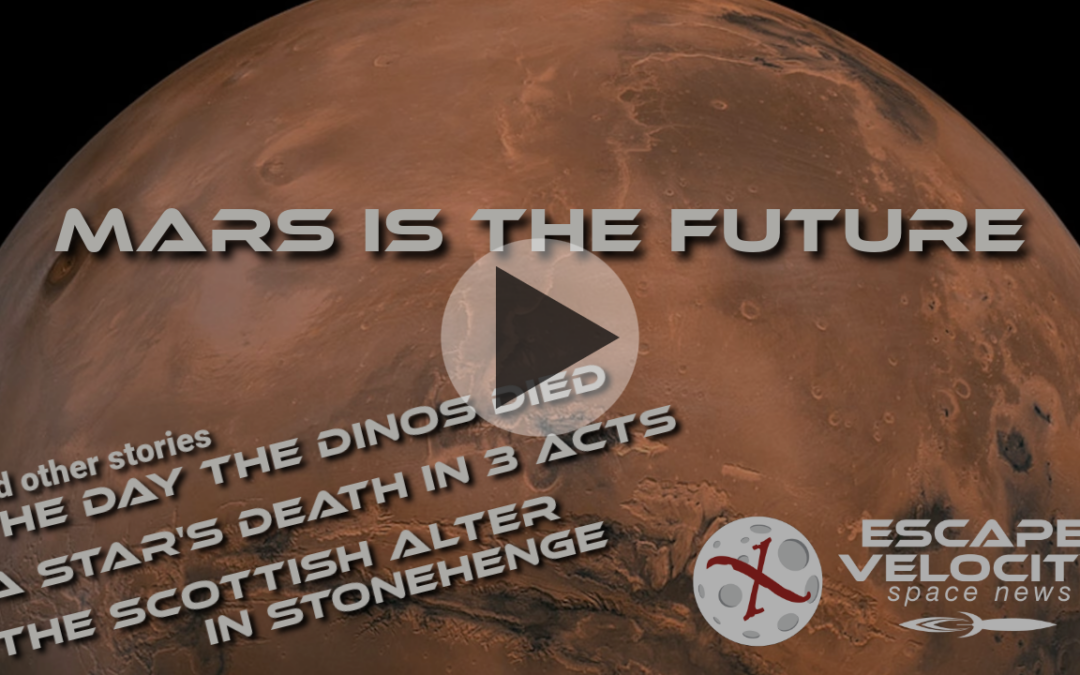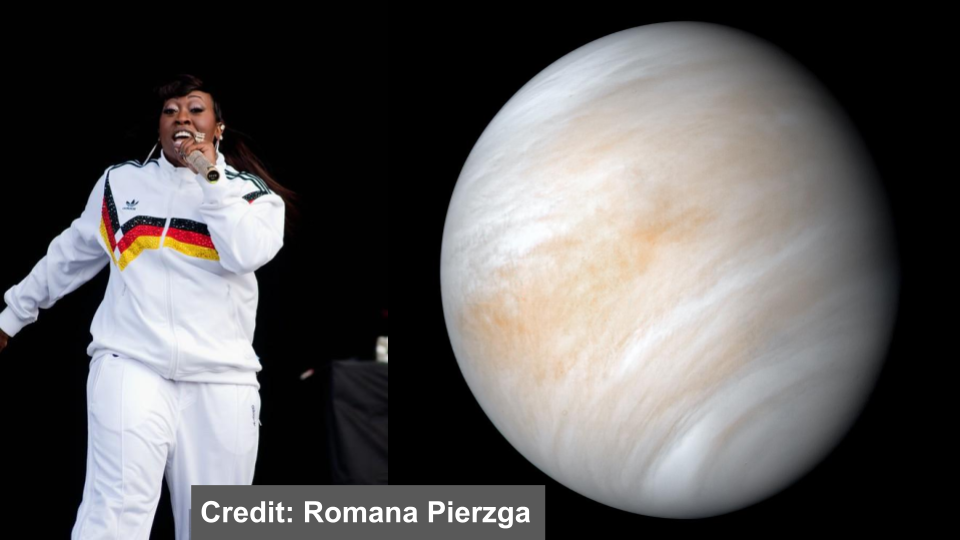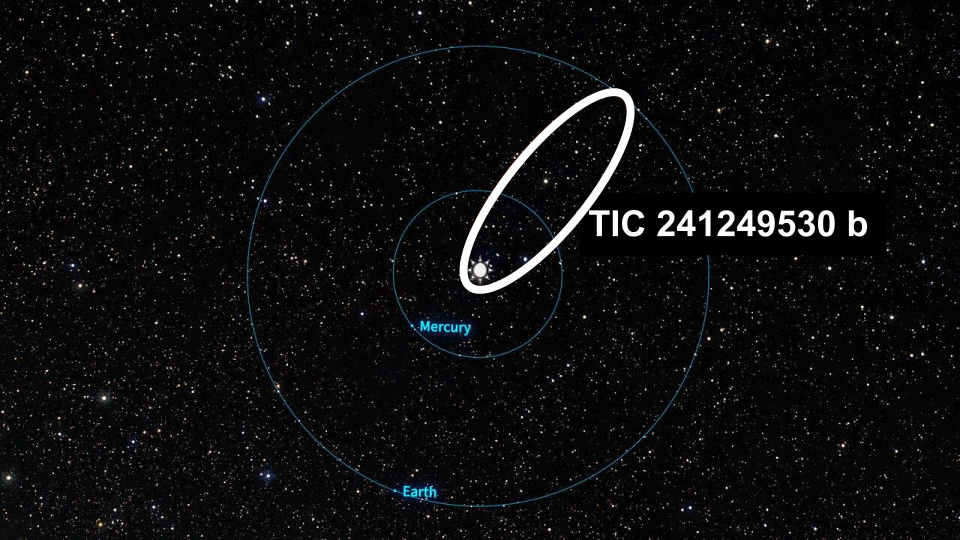Growing up, I remember learning that comets could have elliptical, parabolic, or hyperbolic orbits. At the time, this was all about learning conic sections, and ellipticity of orbits, and it never really occurred to me that all those comets on escape orbits had to go somewhere…and similar comets and asteroids from other solar systems also had to go somewhere…and our Solar System counts as a possible destination. In a 2021 paper led by Marshall Eubanks, researchers predict that around seven interstellar objects could pass through our solar system every year. Most have gone undetected...
